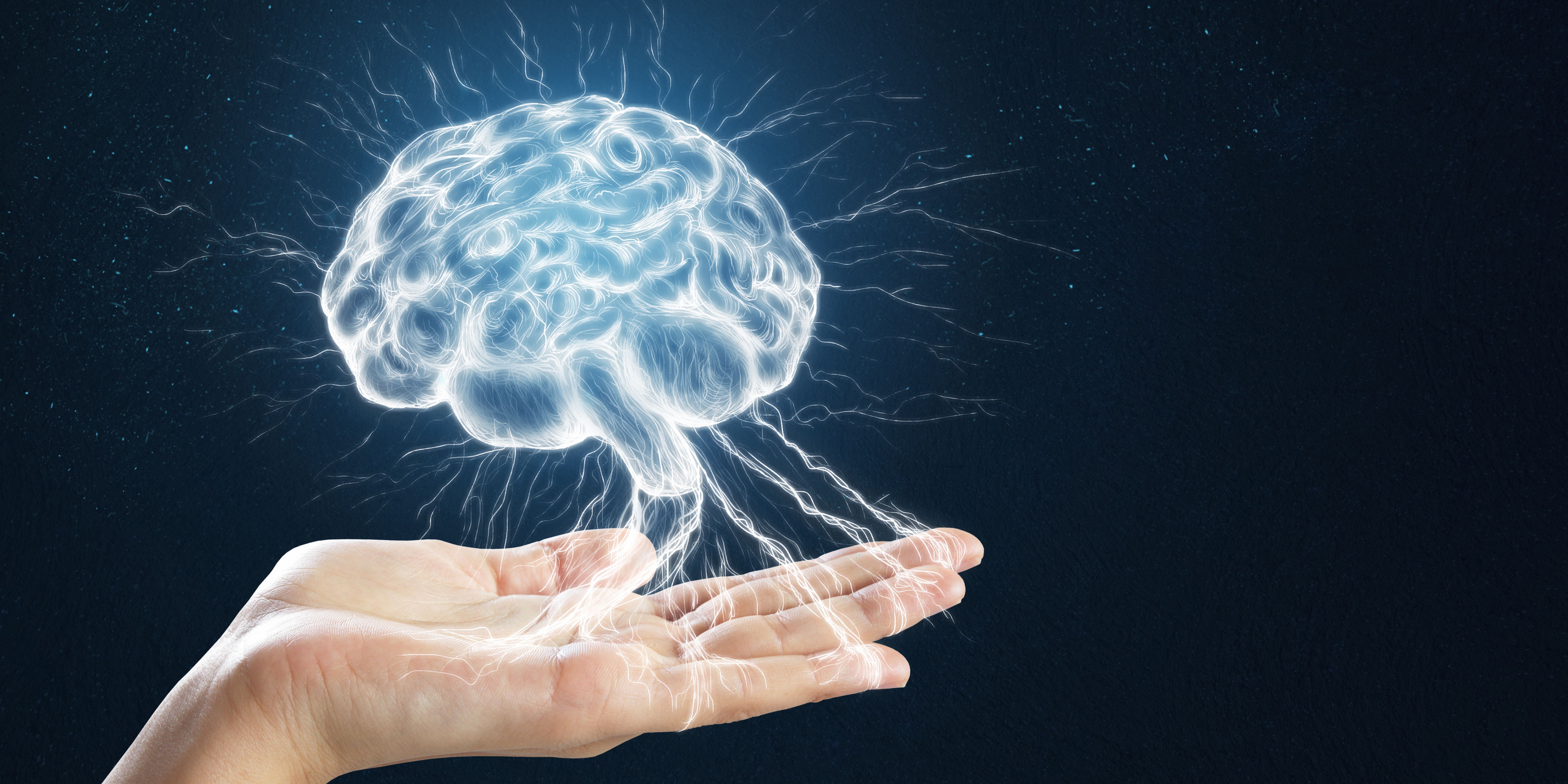Geschreven door Alisa - 4 Minuten leestijd
Deep brain stimulation implants improve cognition for traumatic brain injury patients in small study

For the first time, according to researchers, an implanted device has successfully demonstrated an ability to improve the long-term effects of traumatic brain injuries.
The researchers—representing Stanford University, Weill Cornell Medicine, Harvard Medical School and several other institutions—published the results of a small study in Nature this week, describing how the use of deep brain stimulation technology was linked to improvements in five participants’ scores on standard cognition tests.
The participants had all experienced moderate-to-severe traumatic brain injuries between three and 18 years before the study began, and all were able to regain at least some of the cognitive functions that they’d lost to the injuries, according to the results.
The implanted neurostimulation device was designed to activate the central lateral nucleus of the thalamus, which serves as a main hub for relaying signals throughout the brain related to consciousness—so any injuries impacting that area can severely impair a person’s cognition.
“In these patients, those pathways are largely intact, but everything has been down-regulated,” Jaimie Henderson, M.D., co-senior author of the study and a professor of neurosurgery at Stanford, said in a university release. “It’s as if the lights had been dimmed and there just wasn’t enough electricity to turn them back up.”
Meant to provide that extra energy, then, are the researchers’ deep brain stimulation implants. They were surgically placed in six participants—one of whom was later withdrawn from the study for “protocol non-compliance”—with guidance from imaging tools and virtual models of each patient’s specific anatomy.
Once the placement process was complete, participants spent a two-week titration period adjusting to their implants before a 90-day study period began, during which the devices were activated for 12 hours every day.
At the start and end of the study period, the participants were administered the Trail Making Test, a two-part standardised assessment of cognitive impairment that asks patients to quickly and accurately connect a series of dots. The study’s primary measure of efficacy was based on the second part of the test, in which individuals must connect 25 dots labeled A through L and 1 through 13 in alternating order—as in: 1, A, 2, B, and so on.
The researchers set as their benchmark for success an improvement in processing speed of at least 10% on part B of the test; after treatment with the deep brain stimulation tech, the five participants saw their performance increase between 15% and 52% compared to their baseline scores. Meanwhile, when one person’s device was turned off in a follow-up withdrawal phase—in which two patients declined to participate—their performance on the test slowed by 34%.
“The only surprising thing is it worked the way we predicted it would, which is not always a given,” Henderson said.
In real-world terms, the cognitive improvements from the neurostim devices translated into improvements in many daily activities that the participants had previously felt unable to complete, from reading books to playing to video games to simply staying awake throughout the day.
“I couldn’t remember anything,” Gina Arata, a study participant whose traumatic brain injury came from a 2001 car accident, said in the Stanford release of the years after the accident. “My left foot dropped, so I’d trip over things all the time. I was always in car accidents. And I had no filter—I’d get pissed off really easily.”
Since being implanted with the device in 2018, however, “I haven’t had any speeding tickets,” she said. “I don’t trip anymore. I can remember how much money is in my bank account. I wasn’t able to read, but after the implant, I bought a book, ‘Where the Crawdads Sing,’ and loved it and remembered it. And I don’t have that quick temper.”
Next up, the researchers are working on a broader study to see if those results hold true across a larger group of participants, which could then help them make the device widely available to people with traumatic brain injuries.
“This is a pioneering moment,” said Nicholas Schiff, M.D., a professor at Weill Cornell Medicine and co-senior author of the study. “Our goal now is to try to take the systematic steps to make this a therapy. This is enough of a signal for us to make every effort.”
Interested in the dynamic Biotechnology Industry? Let our experts guide your career. Explore how we can help you today! Discover the possibilities here.
Also published on Fiercebiotech.com
Want to stay informed about current Life Science and recruitment news on a regular base? Then register here for free.
